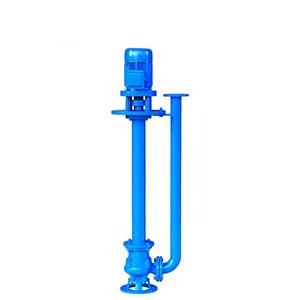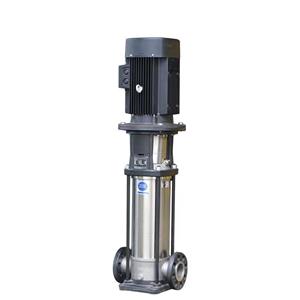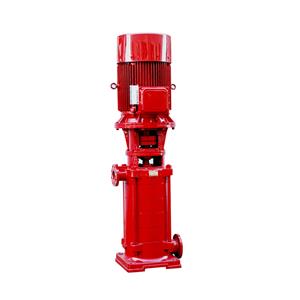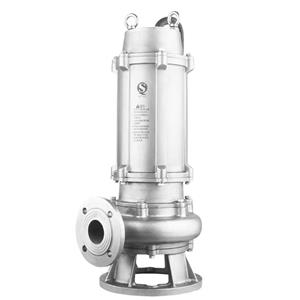Double-Suction vs. Single-Suction Pumps: Key Differences and Applications
In the world of industrial machinery, selecting the right pump is critical for optimizing performance and efficiency. Two common types—double-suction pumps and single-suction pumps—are widely used across industries such as water treatment, HVAC, and chemical processing. While they share similarities, their designs, functionalities, and applications differ significantly. Let’s explore these distinctions to guide your decision-making.
1. Structural Differences
Double-Suction Pump:
Features a dual-inlet design, where fluid enters the impeller from both sides. This symmetric flow reduces axial thrust, enhancing stability and longevity.
Constructed with a split-casing design (horizontal or vertical), simplifying maintenance by allowing access to the impeller without removing pipelines.
Typically larger in size but more compact for high-flow applications compared to single-suction alternatives.
Single-Suction Pump:
Fluid enters through a single inlet, creating axial thrust that requires balancing mechanisms.
Often designed as vertical or horizontal inline pumps with a compact footprint, ideal for space-constrained environments.
Simpler structure with fewer sealing components, reducing initial costs.
2. Performance Characteristics
Double-Suction Pump Advantages:
High Flow Capacity: Capable of handling large volumes (e.g., up to 10,000 m³/h) at lower speeds, making them ideal for municipal water supply, irrigation, and cooling systems.
Superior Cavitation Resistance: Balanced flow dynamics minimize cavitation risks, ensuring reliability in high-demand scenarios.
Energy Efficiency: Optimized hydraulic performance reduces energy consumption, lowering operational costs over time.
Single-Suction Pump Advantages:
Cost-Effective: Lower initial investment due to simpler design and fewer components.
Space-Saving: Compact and lightweight, suitable for installations with limited space, such as residential buildings or small-scale industrial setups.
Versatility: Widely used in low-to-medium flow applications like HVAC systems, chemical dosing, and firefighting.
3. Applications
Double-Suction Pumps excel in scenarios demanding high flow rates and reliability, including:
Municipal water transport.
Power plant cooling systems.
Oil and gas pipelines.
Large-scale irrigation projects.
Single-Suction Pumps are preferred for compact, low-flow needs, such as:
Residential heating/cooling loops.
Chemical processing with corrosive media.
Firefighting systems.
High-temperature applications (e.g., boiler feed water).
4. Maintenance and Longevity
Double-Suction Pumps:
Easier maintenance due to split-casing design; impeller and bearings can be inspected without dismantling pipelines.
Longer service life due to reduced axial stress and balanced operation.
Single-Suction Pumps:
Require periodic replacement of mechanical seals and bearings.
Susceptible to wear from unbalanced axial forces over time.
How to Choose?
Consider these factors:
Flow Requirements: Opt for double-suction pumps for >200 m³/h.
Space Constraints: Single-suction pumps suit compact installations.
Budget: Single-suction pumps offer lower upfront costs, while double-suction models provide long-term efficiency savings.
Medium Type: Corrosive or high-temperature fluids may require specialized materials (e.g., IH series chemical pumps or S-type medium-temperature models).




